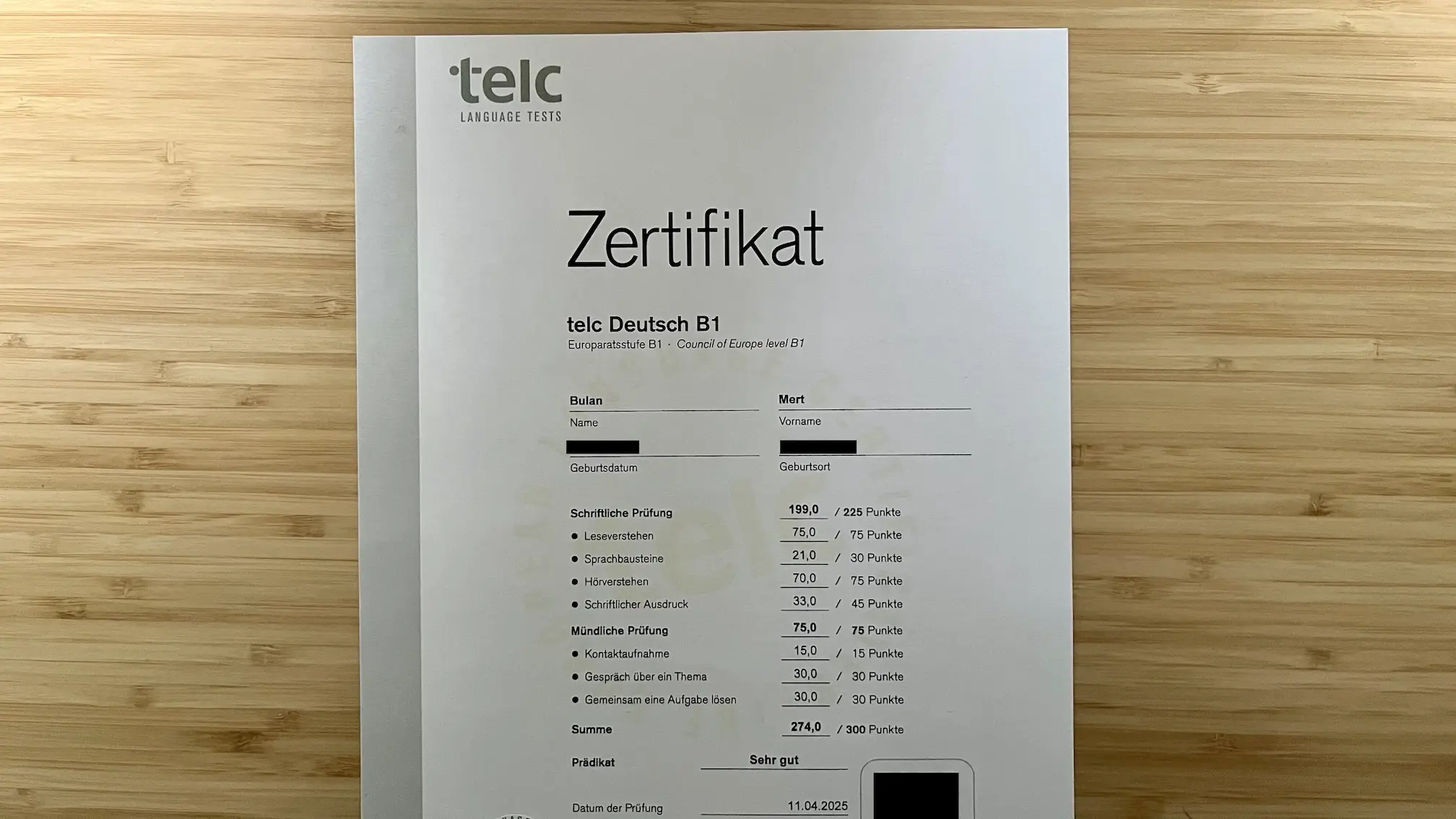Label it a cargo cult or something else, but countless nations strive to replicate the magic of Silicon Valley. The typical approach involves politicians designating a city and branding it as the “Silicon Valley of [Country Name].” They establish technology parks, offer financial incentives, and hope for the emergence of trillion-dollar enterprises. Yet, no country has succeeded in creating its own Silicon Valley. Why? Either these leaders fail to grasp the nuances of what made Silicon Valley what it is, or they lack a deep understanding of their own nation’s cultural fabric.
From my perspective, after a decade of closely observing the tech industry and studying the success stories from the Valley, I can confidently state that Silicon Valley cannot be cloned elsewhere. The reason is simple: Silicon Valley isn’t merely a hub of companies, tax breaks, and venture capital—it’s a unique ecosystem driven by culture. It’s a magnet for individuals from diverse backgrounds united by one shared ambition: make a dent in the universe. These people, drawn by the dream of joining the elusive three-comma club, relocate there and pour everything they have into making it happen. While many fail, the presence of so many success stories inspires them to believe they can be next.
Why German Culture Clashes with Startup Culture
In Germany, the cultural landscape is strikingly different. Few people are driven by the ambition to “change the world”—perhaps because they feel they’ve already contributed their share as a nation. Wealth and its public display aren’t as celebrated here, which is why it’s difficult to name a prominent German billionaire off the top of your head without checking the internet.
However, if you’ve ever used a product marked “Made in Germany,” you’ll understand what German culture truly values: mastery of a craft and uncompromising quality. You won’t find many Germans willing to sacrifice their health or personal milestones—like the birth of a child—for work, or to forgo their well-earned vacation in Mallorca. They’re not the kind to release half-baked products and patch issues later, nor are they likely to push for higher prices just to fatten shareholders’ returns. The average German—apart from those who’ve left the country and morphed into “tech bros”—isn’t particularly moved by shareholder value, especially when the Basic Law of Germany begins with “Human dignity shall be inviolable.” The entire culture fundamentally opposes many hallmarks of the typical startup ethos.
This cultural divergence also explains why it’s difficult to name successful German startups on par with Airbnb, Uber, or Stripe—let alone tech giants like Google, Facebook, or Amazon. And there’s little indication that this will change anytime soon.
Understanding Germany’s Mittelstand
If you’re unfamiliar with Mittelstand, it refers to small and medium-sized enterprises (SMEs) in Germany. While there’s no formal definition, these companies typically have fewer than 500 employees and annual revenues under 50 million Euro. What sets Mittelstand apart from SMEs in other countries, however, is their laser-sharp focus on a single niche, in which they excel. A significant portion of their income comes from exporting high-quality goods. This specialization and export-driven model makes Mittelstand businesses exceptionally resilient and stable, even during economic turbulence. By catering to super-specific markets with few competitors worldwide, demand for their products remains steady, no matter the economic climate.
If you’ve ever worked with Mittelstand companies, you’ll know that many have a long queue of customers waiting for their products. It’s not uncommon to wait months—or even years—for an order. Yet customers are willing to wait because they know these businesses either produce the best quality or are the only ones making the product at all. This dedication to quality and niche expertise explains why Mittelstand accounts for around 30% of Germany’s exports.
The challenge, however, is that Mittelstand companies primarily focus on physical goods. Unlike major tech giants, they can’t enjoy the massive profit margins of producing digital products with zero marginal costs. This reliance on physical goods contributes to the widening GDP gap between Germany and the U.S. Yet German policymakers have done little to close the gap. Instead, they’re either trying to replicate Silicon Valley’s playbook or pivoting their attention to renewable energy. The former won’t work due to Germany’s cultural differences, and while renewable energy is a worthwhile pursuit, it won’t generate the high profits that come with digital innovation.
That’s why I believe a new approach is needed—a concept I call the “Digital-Mittelstand.”
How Digital-Mittelstand Fits Germany’s Culture
While startups often begin with a focus on creating a minimum viable product (MVP), they tend to evolve into growth-hungry, investment-driven machines. Consider Spotify: it started as a music streaming service but has since expanded into podcasts and audiobooks. Netflix, synonymous with video streaming, has now ventured into gaming. This expansive growth strategy stands in stark contrast to Mittelstand’s ethos, which centers on focus, mastery, and sustainability. Mittelstand companies prioritize doing one thing exceptionally well, guided by a core ideology of longevity and conservative, long-term financial planning.
Most startups are built with the goal of either being acquired by a tech giant or going public. Mittelstand, however, aims to create lasting value for customers and employees—not shareholders. Startups also demand extreme dedication, often expecting employees to work 60–80 hours a week with little regard for work-life balance. In Mittelstand, employee well-being is a priority, encouraging a healthier balance between work and personal life. Even in today’s highly competitive AI industry, the startup world thrives on cutthroat competition. Mittelstand, by contrast, operates in niche markets with limited competition due to their specialized products.
Given these cultural and structural differences, I believe the traditional startup model won’t work in Germany. Instead of chasing a Silicon Valley model that no other country has successfully replicated, Germany should focus on developing the Digital-Mittelstand. This concept seamlessly aligns with both the German cultural ethos and the digital economy.
Creating a digital product doesn’t require massive capital investment—a small team of a designer and a developer can be enough to launch something meaningful. With fewer employees, companies can prioritize long-term goals, refine their product iteratively, and maintain lean operational costs. Once the product gains traction, the zero-marginal-cost nature of digital products allows them to scale without incurring significant additional expenses. Unlike startups that prioritize rapid growth or shareholder appeasement, Digital-Mittelstand companies can focus on work-life balance. If they generate enough revenue to cover expenses and fund leisure activities, that’s often sufficient for many Germans—a stark contrast to the high-pressure growth culture of Silicon Valley.
This model also aligns perfectly with Germany’s geographic and cultural diversity. Consider Germany’s population distribution compared to Turkey, for example. Both countries have similar populations (around 85 million), but even Gaziantep—my hometown and the sixth-largest city in Turkey—has a higher population (2.2 million) than Hamburg, the second most populous city (1.8 million) in Germany. This balanced distribution, which mirrors the Mittelstand’s industry diversification, contributes to Germany’s economic resilience. In contrast, the most populous city in Turkey, Istanbul’s dominance of Turkey’s economy (30% of the GDP) creates a single point of failure, especially with the looming risk of a major earthquake. A similar risk exists in highly centralized economies like London’s (25%).
Many Mittelstand employees live in small cities near their companies’ facilities. Digital-Mittelstand, however, can leverage remote work to further reduce costs. Employees could live in small towns, enjoy lower living expenses, and maintain a high quality of life thanks to Germany’s good transportation infrastructure. Remote work also translates into lower personnel costs, typically the largest expense for any startup. By tapping into these advantages, Digital-Mittelstand could achieve both profitability and sustainability without compromising employee well-being.
What Can Digital-Mittelstand Produce?
If you’re already sold on the Digital-Mittelstand concept, let’s explore the potential products they can create. There’s a wide range of possibilities:
- Mobile apps and games
- Web designs and templates
- Graphic designs, fonts, icons, and 3D models
- 3D product designs for 3D printers
- Open-source software projects
- Machine learning models
- Custom data analytics and visualization tools
- VR/AR experiences
- Online marketplaces
- Subscription-based newsletters, podcasts, and other type of contents
- E-learning platforms, video courses, etc.
These are just a few examples, and many can be classified under Software as a Service (SaaS). While these products don’t require massive capital investments, they do rely heavily on expertise. By focusing on niche markets and high-quality offerings, Digital-Mittelstand companies can carve out profitable, sustainable businesses. With minimal competition and zero-marginal-cost scalability, this model offers a long-term, balanced approach to growth and innovation.
What Should Be Done Next?
It wouldn’t be fair to end this discussion without offering concrete suggestions for the government. Rather than pouring large grants into startups with the hope of generating returns for shareholders, the German government should consider introducing tailored incentives to foster the development of Digital-Mittelstand.
1. Salary Grants
Germany has a wealth of talent—top-tier programmers, designers, and digital experts—many of whom currently work for startups or traditional corporations. A government program could provide salary grants based on experience, allowing these individuals to dedicate time to developing a digital product without compromising their quality of life or financial stability. For example, an experienced software developer with eight years of experience could receive a grant equivalent to their annual salary. Since about 42% of that money would return to the government or social system via taxes, the risk is partially mitigated. Unlike startups, where a large portion of funds often ends up spent on advertising with tech giants like Google and Facebook. If the product begins generating revenue within a year, the grant could be extended for another couple of years to help reinvest in further development.
2. Simplify Bureaucracy and Regulations
Startups often bleed money on legal and accounting fees due to the complex regulatory landscape. The government could reduce this burden by creating a single, user-friendly portal where Digital-Mittelstand companies can register, report revenues, and record expenses. This system should provide clear explanations of what qualifies as an expense to minimize confusion and unnecessary compliance costs. Additionally, Digital-Mittelstand companies should be exempt from certain regulations until they cross a specified revenue threshold, allowing them to focus on product development rather than navigating red tape.
3. Expand VAT Exemptions
Currently, small businesses (Kleinunternehmen) in Germany enjoy a VAT exemption up to 22.000€ in revenue. This threshold should be raised to 100.000€ for Digital-Mittelstand businesses. A higher exemption limit would allow these companies to either offer competitive pricing or increase profit margins, enabling them to reinvest in their long-term goals.
4. English Language Support
Providing full English-language support for the Digital-Mittelstand system would make it easier for those already working in Germany to start their own businesses. It would also attract international talent to move to Germany for this opportunity. These individuals could first gain local experience by working for traditional companies. Thanks to the Blue Card visa for highly skilled workers, they can obtain permanent residency after about two years, allowing them to launch their own Digital-Mittelstand ventures. This would help traditional companies find talent and digitize their operations while encouraging more entrepreneurial risk-taking in Germany, as those relocating from abroad are often more willing to take risks.
With the federal election in Germany now complete and a new government set to take office, I hope this post reaches those in positions of power. I hope they’ll consider this approach, focusing on what makes Germany the third-largest economy while maintaining a great work-life balance, rather than attempting to replicate Silicon Valley.
Of course, despite what the title suggests, I’m not entirely dismissing the startup concept. There’s still a need for companies that require significant capital and rapid growth. However, I firmly believe that Digital-Mittelstand should be the government’s main focus. Some of these companies might even grow to become the digital equivalents of tomorrow’s Siemens, Bosch, or Zeiss.







